This is a review of the Chinon Auto 2001 & Kodak VR35 K14 – the Kodak VR35 K14 is a rebranded and slightly tweaked Chinon 2001.
It was apparent that the 80s was the decade that many automobile manufacturers began to revision their design philosophy. Every car then was starting to adopt principles that promote designs with accentuated straight lines and bold shape to create a futuristic appearance. Who could forget the striking design of the DeLorean car from “Back to the Future”? If you are an analog shooter who admires the design of this car then look no further than the Kodak VR35 K14 and the Chinon Auto 2001 These two cameras were introduced in the 1980’s, bearing a distinctive aesthetic that perfectly embody the 1980s design principles.
Core Differences
First thing first, let’s talk about the changes between the two generations of these cameras. As mentioned, the Kodak VR35 K14 is a rebranded Chinon 2001, just as the Kodak S1100XL is a rebranded Chinon 3001. I will refer to the Kodak cameras as Chinon to keep it short, but unless I mention otherwise, what I say about the Chinon 2001 applies to the Kodak VR35 K14. The same applies to the Chinon 3001 and Kodak S1100XL.
Being the Chinon 3001’s predecessor, the Chinon Auto 2001’s lacks the pioneering multi-beam focus system. In reality, there won’t be a significant different between the single beam and multi-beam focus system in term of performance. Both systems are reliable, the multi-beam focus presented on the Chinon 3001 may have advantages over the single beam in very specific scenarios.
The Chinon 2001 also lacks an LCD display, but that can be a positive as the LCD display isn’t that crucial and it adds more more chance of electronic failure, especially in old electronics. What more you get with the Chinon Auto 2001 is double the maximum shutter speed of 1/500s over the slower 1/250s on the Chinon 3001.
Another advantage of the Chinon Auto 2001 is the viewfinder, it’s much more useful than the one presents on the Chinon 3001. On the Chinon 3001, the LED indicators on the side of the viewfinder are eliminated. Inside the viewfinder the Chinon 3001 gives you 3 read-outs: flash charging status, focus lock and a close up indicator, not much useful information.
Inside the Chinon 2001’s viewfinder, there’s 3 focus distance indicators that correspond with 3 respective icons, similar to the one on the Nikon L35AF. The red LED next to the viewfinder shows you know if the flash is ready and the green LED indicates the film is in transport or winding.
Something to note: the red LED is eliminated on the K14 since the camera charges the flash exceptionally fast, so it’s always up and ready to go. Both the viewfinders on either the Chinon Auto 2001 or Kodak VR35 K14 are big and bright with projected guidelines.
Chinon Auto 2001 – Sleek and Streamlined

Without further ado, let’s go over the Chinon Auto 2001, a 35mm autofocus camera that was released around 1985. Unlike its successor the Chinon 3001, the Chinon 2001 is relatively unknown. The body of the Chinon 2001 is very rectangular with sharp corners and edges, while the newer 3001 leaned toward a modern design with gentle curves and rounded edges.
I adore the futuristic design of this camera, especially the flash protrudes as the door opens, reminds me of those pop-up headlights on old cars. The built quality of the Chinon 2001 is superb, the shutter button is responsive with a great sense of half and full press. The flash switch on the back of the camera allows you to prematurely set the flash before you even turn on the camera.
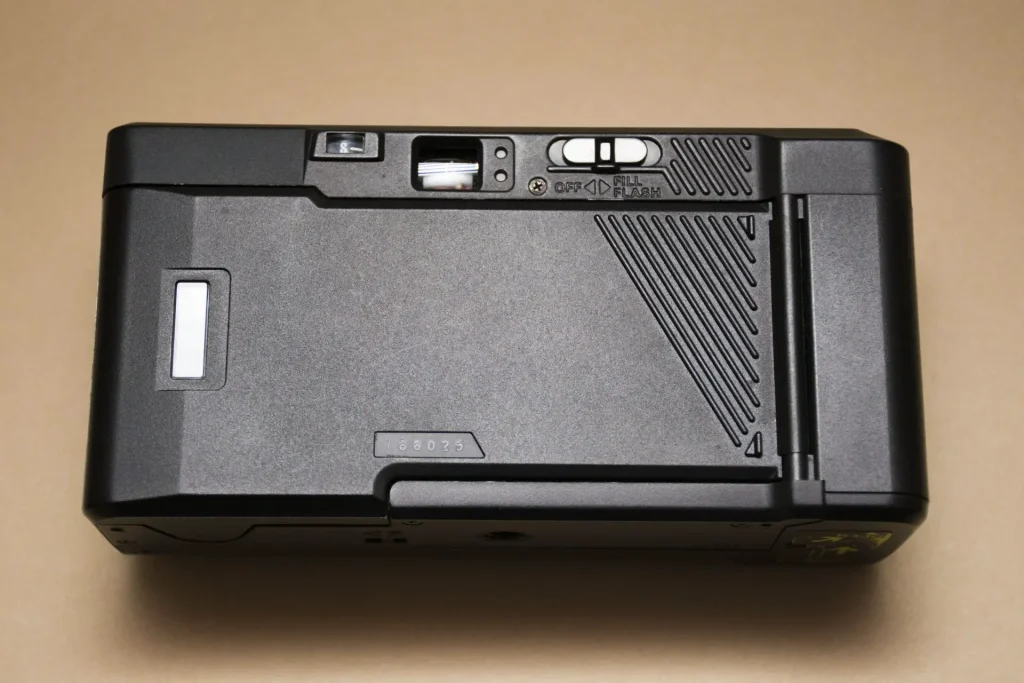
The Chinon Auto 2001 also has an exclusive feature, in front of the camera there’s a film speed lever. Which allows you to set the film speed at (100/200/400/1000) ISO only if there’s no DX code detected, most point and shoots default to ISO 100. This feature is handy for shooters that bulk-load their film film, you can also simply tape the DX code on the film cartridge if you prefer to manually select the ISO speed. The camera DX coding is compatible with 35mm film that has ISO ranges from 50 ISO to 1600 ISO.
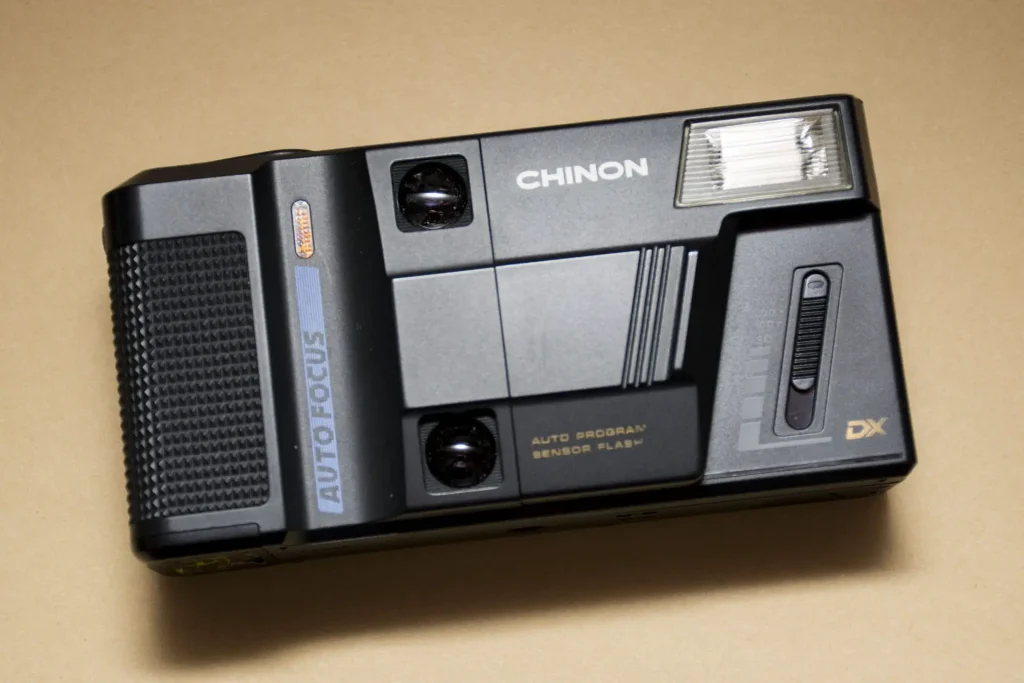
Shooting with the Chinon 2001 was a blast, I love how quickly this camera is to operate, the camera starts as soon as the cover is slide open. Then I can just push the flash switch to my liking, slide open the camera, shoot, there’s virtually no delay. Closing the camera is just as quick thanks to the sliding design.
The noise this camera makes is so crispy and satisfying to hear. There’s also a self-timer that will automatically reset as the film door is closed. One thing to note: the flash protrudes as the lens cover is open, it’s great at reducing the red-eye effect but it may get in the way if you’re wearing a hat and shooting in portrait orientation.
Kodak VR35 K14 – Bold and Ultra Powerful
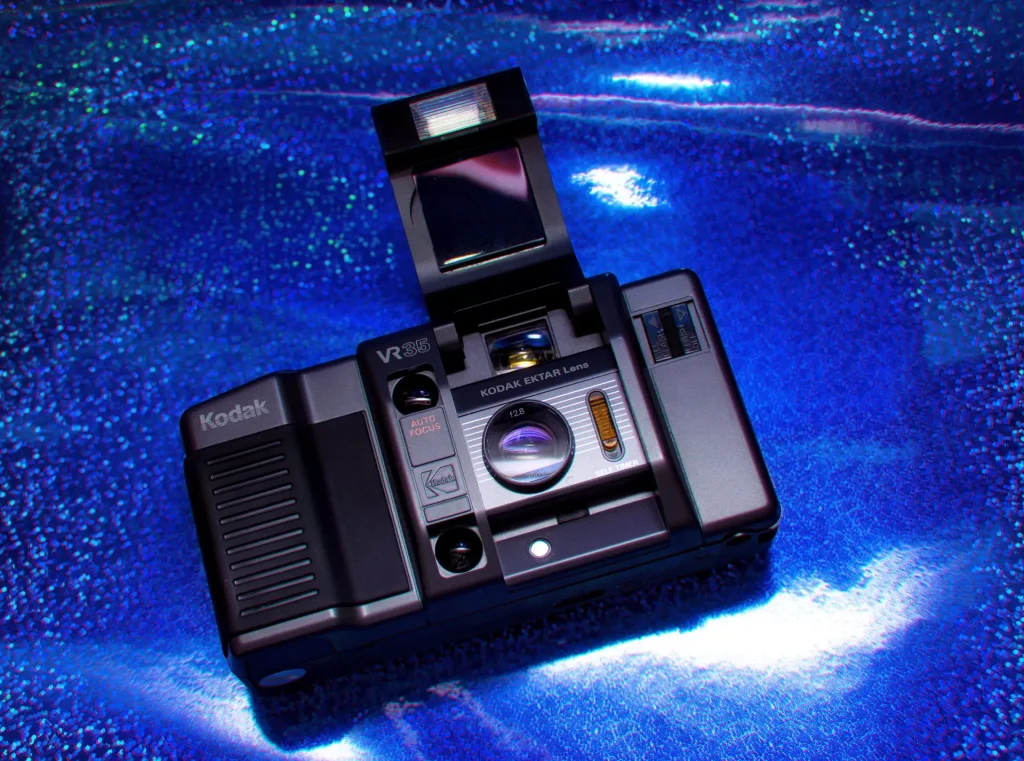
The next camera got me super excited that will guarantee to intrigue you as well. That’d be the Kodak VR35 K14, a 35mm autofocus camera that debuted in 1986. The camera was launched as a complementary to the existing Kodak VR film and Kodak PhotoLife battery.
Interestingly, this camera was the only 35mm camera that was granted the “Special Edition” and “Medallist” title in its name. Only a very few worthy cameras are selected to share this honorable title with the original Kodak Medalist, a camera with a rich history background and was considered the pinnacle of American-made cameras.
Another interesting fact, the Kodak earlier-remodeled Chinon 2001 was the Kodak 35Af2, it’s quite faithful to its original design but somehow uglier and less practical. Thankfully Kodak managed to redeem itself with the release of the fully upgraded Kodak VR35 K14.
The design of the Kodak VR35 K14 is undeniably over the top, the opposite of minimalism. The camera just has a lot of elements that incorporate so well with each other that bring about an iconic design that undoubtedly belongs in the 80’s. The camera has a consistent stripe pattern/texture that appears throughout, not only that it looks awesome, it’s also functional by adding more grip.
The flip up flash which doubles as a lens cover, a Kodak’s staple design, doesn’t go by unnoticed especially on the Kodak VR35 K14. It’s transparent and lets you see the lens assembly when the cover is close, without question, looks incredibly sophisticated. The lens cover also looks exactly like a DeLorean’s door. And it flips up just like one.
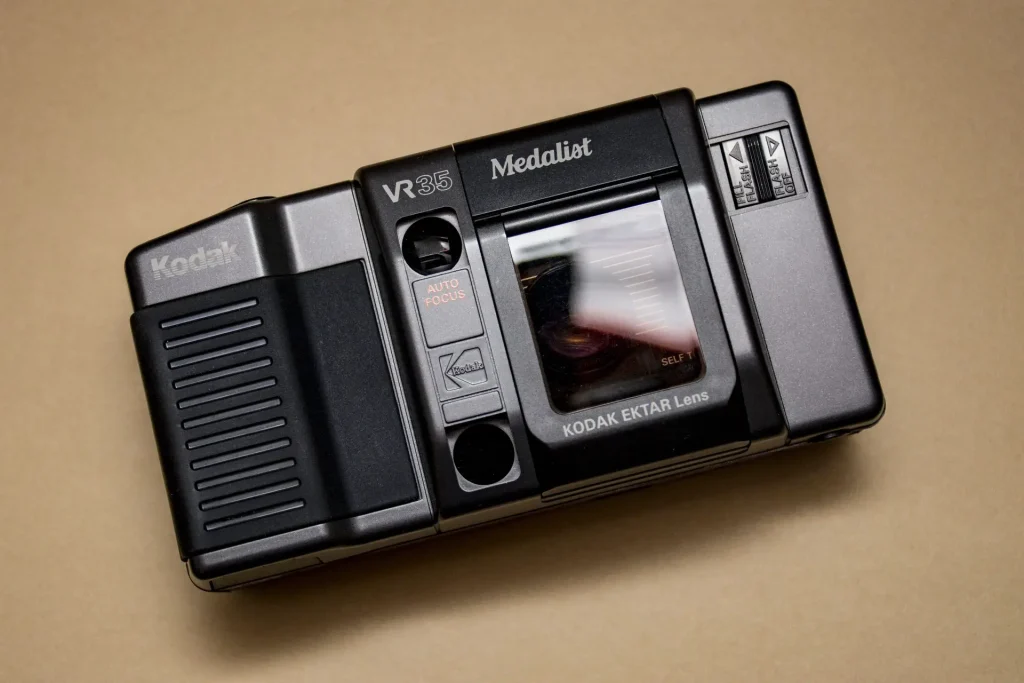
Kodak apparently decided to go all out on the budget for this model, you can tell just by the neck strap, which has metal clips opposed to the fabric/string type that’s usually included in the box. The Kodak Kodak VR35 K14 has an amazing build quality thanks to the very thick and robust plastic body.
I love the rubber grips on the front and back of the camera body, it’s very different from what I’m used to on the other cameras. The rubber is of very high quality, it adds grip and doesn’t get scratched easily, it’s rigid and super smooth to the touch. I have a few bad experiences with rubber on cameras that inevitably degrade into a sticky goof overtime, sweaty palms will accelerate and worsen the problem. Thankfully that’s not the case with the Kodak VR35 K14, so I was pleasantly surprised.
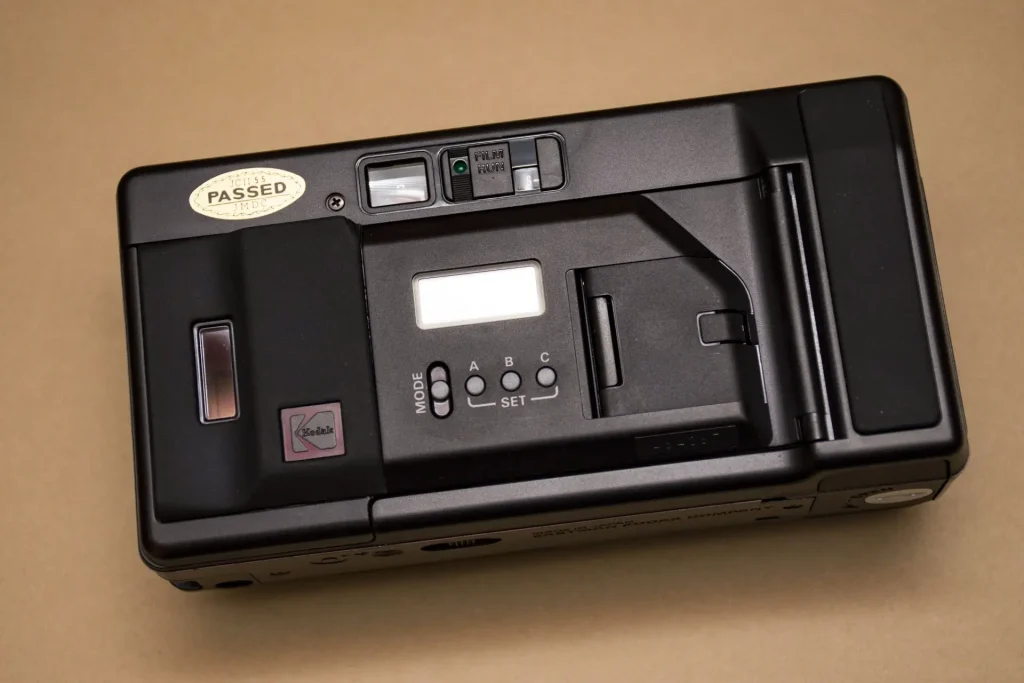
Another unusual aspect of the Kodak VR35 K14 is that it takes a Kodak proprietary battery, which is no longer in production. Fortunately Kodak foresaw this potential issue, so they put in additional battery connections to accommodate the common 9V battery in case of “emergency”. Kodak’s battery and a 9V battery have the same voltage output, so a common 9V battery will work just fine, though it may not last as long as the Kodak battery since the 9V battery is smaller in size. Powering by a 9V battery comes with a couple of advantages. Firstly, a 9V battery is available everywhere and easier to get a hold off. In cases of photographic emergency, you can grab one already in your smoke detector, though this is strongly advised against. Secondly, the higher voltage from the 9V battery allows the flash to be charged faster, which reduces the flash recycling time.
It was an enjoyable experience shooting with the Kodak VR35 K14. The camera was super responsive and fast, setting the flash was a breeze with the sliding tab at the front. The camera’s ergonomic is great, it feels secure and comfortable in the hands. It could be my imagination, but I can feel the extra voltage power by feeling the motor running and hearing the noise it makes.
This model has a date back which I don’t care for and a self-timer that reset itself as the lens cover closes. Much like the Chinon Auto 2001 the Kodak VR35 K14 flip up flash has the ability to naturally reduce red-eye. Likewise it may get in the way if you’re wearing a hat as well. All in all it’s just a trivial inconvenience that I thought hat lovers should know.
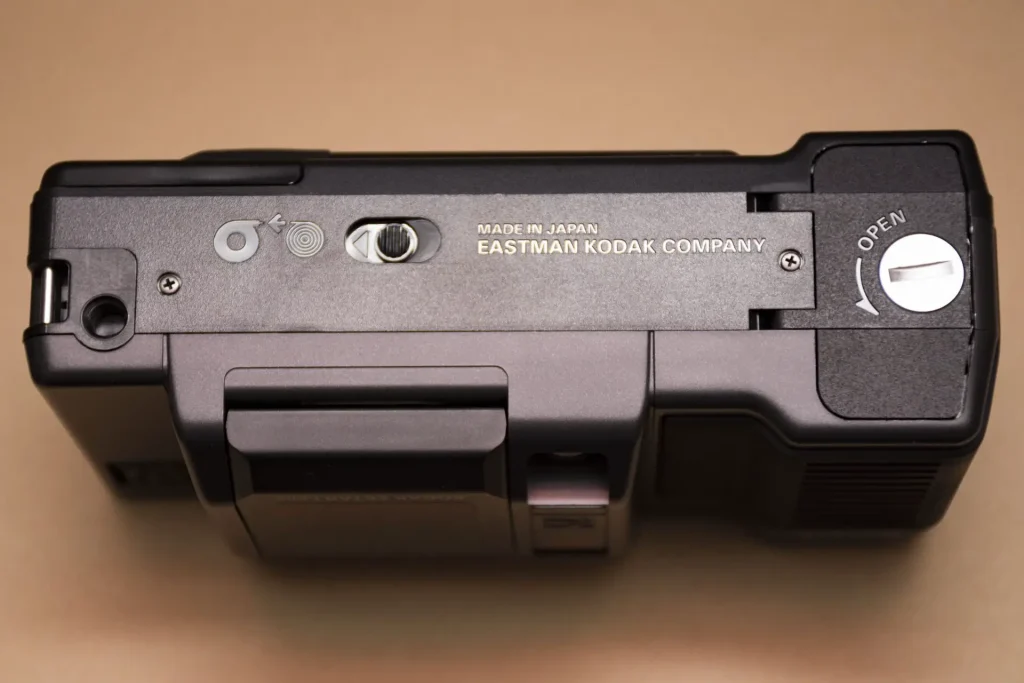
Putting Optics to the Test
When I finally got to see the photos, I was super excited and beyond impressed with the images from the lens of these 2 cameras. The photos are sharp with good contrast and exposure white exhibiting very little vignette. The cameras also handle low light scenes very well, the images still remain sharp without heavy vignette and are free of motion blur. The lens on this 2 camera is a 35mm f2.8, 4 elements in 4 groups. I don’t see any noticeable differences from the photos I took with the Chinon Auto 2001 and Kodak VR35 K14. Though not surprising as both cameras were made in Japan by Chinon.
I did take some images for comparison with their newer model which is the Kodak S1100XL and Chinon Auto 3001. There’s not much of a difference as far as I can tell. However I noticed the lens on the newer 3001/S1100XL doesn’t bloom as much from lens flare, perhaps a different lens coating? While the blooming effect isn’t everyone’s cup of tea but I much prefer the 2001/K14’s beautiful flare. To me the effect makes light sources more prominent, which can enhance the mood of the atmosphere. Here are some photos taken with Kodak Ultramax 400 to give you a closer look at the result you get using these 2 cameras.
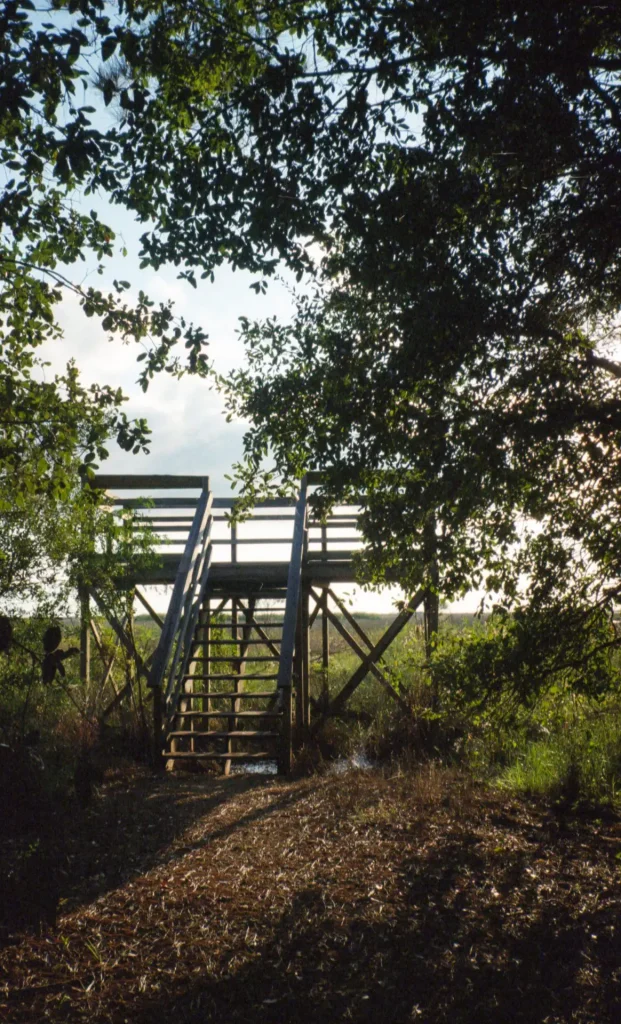
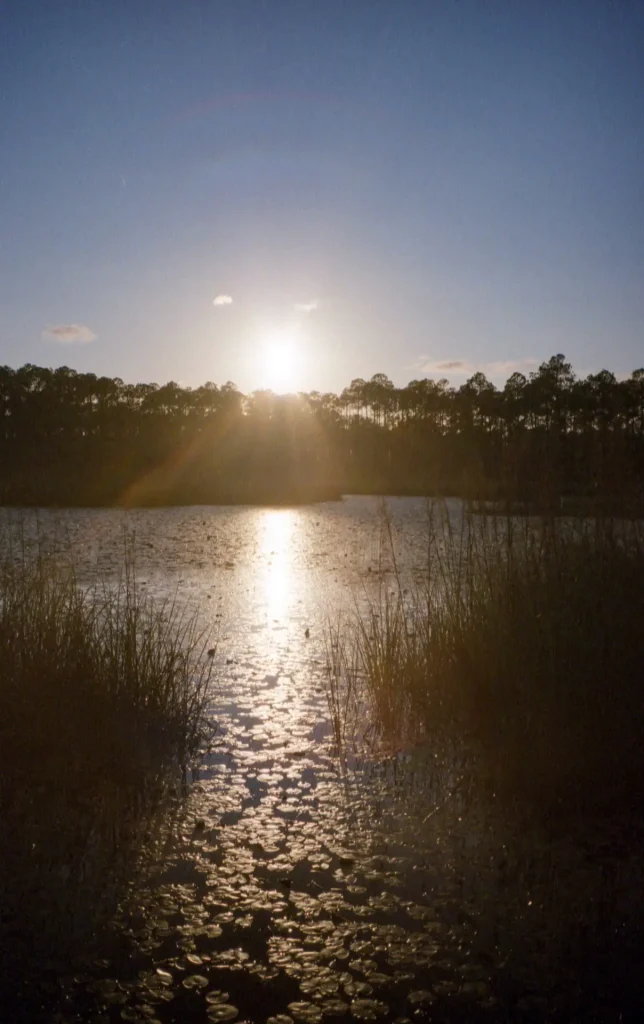







Chinon Auto 2001 & Kodak VR35 K14 Final Thoughts
After all the thoroughly testing with the Chinon Auto 2001 and the Kodak VR35 K14, I can say with confidence that these two cameras are worth considering and you can’t go wrong with either. The question now is which one to choose? Honestly it mostly boils down to personal taste and your shooting style.
I think the Kodak VR35 K14 is a great option for taking photo in public and of people. The flip up flash design is very noticeable, it will alert everyone around that you are taking photos and clearly letting them know your intentions. The Kodak VR35 K14’s design is also very approachable, it won’t scare off people with its curious appearance.
The Chinon Auto 2001 is more suitable for the shooters that don’t want the process of taking pictures distract them from being in the moment. The sliding cover design is a perfect solution as it’s very quick to take out and put away so you can continue to live the moment.
Also the Kodak S1100XL is another great option, I have written a review you can read here. All thing considered, regardless of which camera you chose, you will not be disappointed.
Share this post:
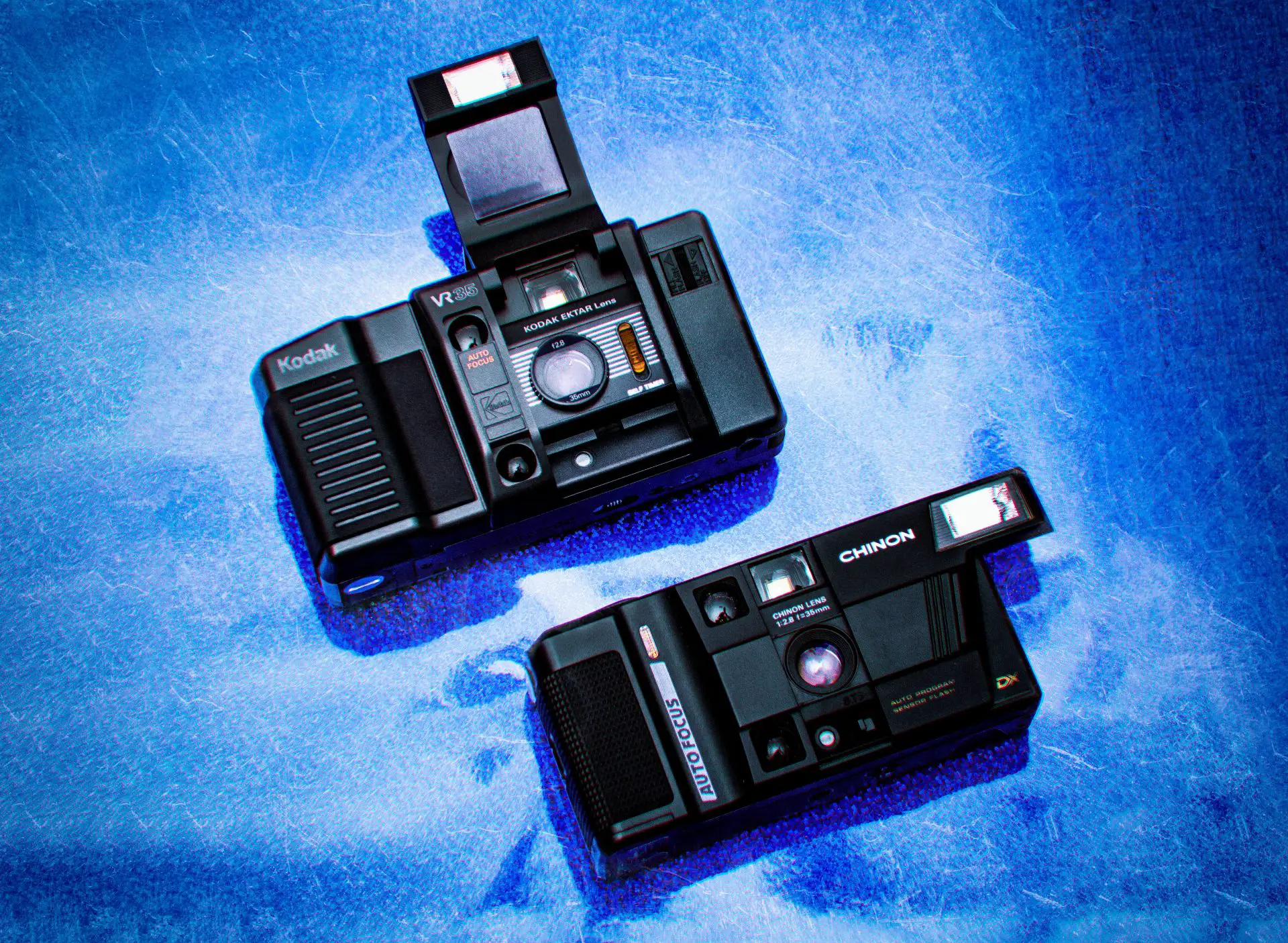








Comments
thorsten wulff on Chinon Auto 2001 & Kodak VR35 K14 Review – Vision of the Future From the Past – By Thang Nguyen
Comment posted: 23/02/2021
Kodak VR35 K14 "Medalist" (1986) - mike eckman dot com on Chinon Auto 2001 & Kodak VR35 K14 Review – Vision of the Future From the Past – By Thang Nguyen
Comment posted: 23/02/2021
Mike Eckman on Chinon Auto 2001 & Kodak VR35 K14 Review – Vision of the Future From the Past – By Thang Nguyen
Comment posted: 23/02/2021
https://www.mikeeckman.com/2019/03/kodak-vr35-k14-medalist-1986/
Comment posted: 23/02/2021
Sean Benham on Chinon Auto 2001 & Kodak VR35 K14 Review – Vision of the Future From the Past – By Thang Nguyen
Comment posted: 23/02/2021
Comment posted: 23/02/2021
DAVE Kassnoff on Chinon Auto 2001 & Kodak VR35 K14 Review – Vision of the Future From the Past – By Thang Nguyen
Comment posted: 23/02/2021
Mats on Chinon Auto 2001 & Kodak VR35 K14 Review – Vision of the Future From the Past – By Thang Nguyen
Comment posted: 24/02/2021
I have a few of these 80’s prime lens cameras now and they all seem to have excellent lenses: Minolta AF-Sv, Nikon L35AF2, Pentax PC-555 (much smaller than the others), Minolta AF-E.
They all seem to have some autofocus issues though, so it would have been soo nice if the camera makers had continued making cameras like these, but with the added focus steps that followed a few years later. It really makes a big difference when when your subject is close.
Comment posted: 24/02/2021
Kodak VR35 K14 "Medalist" (1986) - mike eckman dot com on Chinon Auto 2001 & Kodak VR35 K14 Review – Vision of the Future From the Past – By Thang Nguyen
Comment posted: 20/04/2021